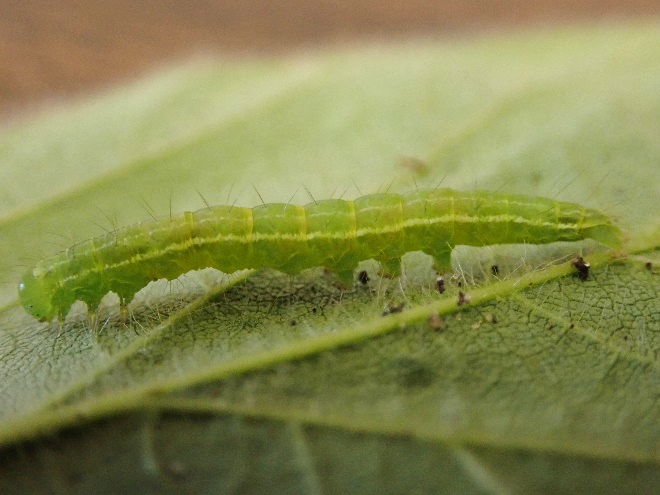Corn
Corn rootworm
Keep an eye out for extended diapause northern corn rootworm issues in corn. I have started to see root feeding and lodging of rotated corn without a BT-RW trait in SW MN. Populations have been increasing over the past few years. Historically, extended diapause populations have been higher in odd-numbered years. It will be curious to see if that trend continues.
Feeding by western corn rootworm larvae continues in the research area at the University of Minnesota Southwest Research and Outreach Center (SWROC)
Soybeans
Recent weather has been good aphid for soybean aphid development in some areas (areas with relatively early planting and moderate to slightly dry conditions). After July 4th you might want to start paying more attention to indicator fields which typically have early SBA populations. Remember, the presence of ants and lady beetles can help you locate aphid-infested plants. Predators and parasites have been present in the few SBA infestations I have looked at.

The most common species of little green caterpillars in soybeans appears to be the green cloverworm, the larvae of a migratory moth. Don’t overreact to these as they often have very high mortality rates from disease, parasites, and predators. Low populations of these migrant moths may serve a useful purpose by maintaining beneficial insects and insect pathogens in the field.
This week, I saw the first wilting of SW MN plants infested by soybean gall midge. While symptoms are increasing, very few orange late instar larvae were present. It is too early to determine the severity of this year’s infestation. Let me know if you find soybean gall midge infestations.
Things that go bump in the night
Black cutworms continue to cause scattered problems in corn, sweet corn, soybeans, and sugarbeets. Late planting, weeds, or low-lying areas are associated with many of these.
I would not be surprised to see additional armyworm infestations show up in other areas, particularly to the north. It’s hard to predict when and where.
The blacklight trap at the SWROC continues to catch both armyworm and black cutworm moths. Some, if not all, of these, are the offspring of moths that arrived earlier this spring. The moths of both species will produce an additional generation here, or they may migrate elsewhere based on behavioral and environmental clues.
Should I stay or should I go now?
If I go there will be trouble
And if I stay it will be double
So ya gotta let me know
Should I cool it or should I blow?
The Clash 1981
Happy trails,
Bruce
